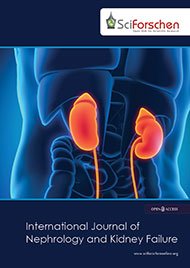
611 Grosse Pointe Cir
Vernon Hills, IL 60061
Phone: 786-4930449
E-mail: singhrkbio@gmail.com

611 Grosse Pointe Cir
Vernon Hills, IL 60061
Phone: 786-4930449
E-mail: singhrkbio@gmail.com
| 1994-2000 | Ph.D. Biochemistry (Molecular Toxicology) | Department of Biochemistry, Dr. R.M.L Avadh University, Faizabad, India |
| 1991-1993 | M.S. Biochemistry, Minor in Plant Pathology | Department of Biochemistry, N.D University of Agri. Technology, Faizabad, India |
| 1986-1990 | B.S Agriculture. Minor in Biochemistry | College of Agriculture, N.D. University of Agri. Technology, Faizabad, India |
| 2009 | Travel Award | AACR Annual meeting, Denver |
| 2007 | Travel Award | International Forum for Public Health Meeting, Shanghai, China |
| 2005 | Excellence in Research Award | Metal Specialty Section, Society of Toxicology, New Orleans |
| November 2016-Present | Toxicologist | Vyaire Medical/CareFusion | Vernon Hills, IL |
| July 2011-Octuber 2016 | Associate EHS Specialist (Toxicology Specialist) | Health & Environmental Sciences | Dow Corning Corporation, Midland, MI |
| July 2006-June 2011 | Research Scientist | Department of Urology | Miller School of Medicine, University of Miami, Miami, FL |
| Oct 2003-June 2006 | Postdoctoral Research Fellow | Department of Pathology | School of Medicine and Health Sciences, University of North Dakota, Grand Forks, ND |
| Jan 2001- Sept 2003 | Research Fellow | Department of Horticulture N.D | University of Agriculture & Technology, Faizabad, India |

All Sci Forschen Journals are Open Access